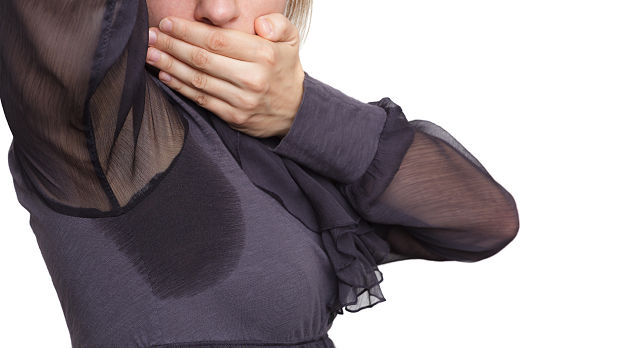
Could There Be a New Topical Treatment for Adolescent Hyperhidrosis?
There are few options for topical treatment of hyperhidrosis that are currently on the market. The most common, topical aluminum chloride, has limited efficacy and can cause skin irritation. Using oral anticholinergic treatments can work, but come with risks of side effects such as xerostomia and constipation.
A recent pilot study looked at the use of topical oxybutynin 3% gel to reduce the symptoms of primary axillary hyperhidrosis in adolescents and young adults. The study was designed to gauge effectiveness and safety of using daily topical oxybutynin 3% gel over 4 weeks of treatment. The authors enrolled 10 patients, aged 13-24 years old, with moderate to severe axillary hyperhidrosis. The severity of symptoms correlated with a score of either 3 (sweating is barely tolerable and frequently interferes with daily activities) or 4 (sweating is intolerable and always interferes with daily activities) on the Hyperhidrosis Disease Severity Scale (HDSS). Patients applied the gel to the axilla each day over a four-week period.
Results are based on the responses of seven patients, as two patients were lost to follow up and another experienced a severe adverse event and dropped from the study. All seven patients reported a reduction in axillary hyperhidrosis at the end of the four week period. The gel was less effective for palmar and plantar hyperhidrosis. Self-reported quality of life was improved for all but one patient in the study.
The authors conclude that this study provides limited prospective data that supports the use of topical oxybutynin 3% gel for the treatment of axillary hyperhidrosis.
Byline: Martha L. Sikes, MS, RPh, PA-C
Posted: May 2, 2018
Source: Wiley Online Library
Adapted from the original article.
[Image: Koldunov / Shutterstock]







